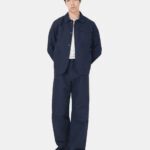Embarking on a journey into the world of Fashion Schools In Europe can be a transformative step for any aspiring designer. At mens-fashion.net, we understand the importance of selecting the right educational foundation to launch your career in men’s fashion. Discovering the perfect blend of creativity, technical skill, and industry connections is key to thriving in the competitive fashion landscape.
Whether you’re aiming to master the art of bespoke tailoring, conceptual design, or fashion business, Europe offers a diverse array of institutions tailored to your ambitions. Let’s explore the best fashion design programs, garment construction techniques, and textile design methods available to you.
1. Why Choose a Fashion School in Europe?
Europe is the cradle of the fashion industry, steeped in history and renowned for its innovative design. Opting for fashion schools in Europe offers distinct advantages, including exposure to cutting-edge trends and access to a global network of industry professionals.
- Historical Significance: Europe’s fashion heritage provides a rich backdrop for aspiring designers, offering a deep understanding of the craft.
- Industry Connections: European fashion schools often have strong ties with luxury brands, offering invaluable internship and job opportunities.
- Cultural Exposure: Studying in Europe exposes students to diverse cultures, fostering creativity and broadening their design perspectives.
2. Key Considerations When Choosing a Fashion School
Selecting the right fashion school involves careful consideration of various factors to ensure it aligns with your career goals and personal preferences.
- Program Curriculum: Look for programs that offer a balance of theoretical knowledge and practical skills, including pattern making, draping, and fashion illustration.
- Faculty Expertise: Renowned fashion schools boast faculty members with extensive industry experience, providing valuable mentorship and guidance.
- Location and Culture: Consider the city’s fashion scene and cultural influences, as they can significantly impact your learning experience and creative inspiration.
- Tuition and Financial Aid: Research tuition fees, scholarships, and financial aid options to make an informed decision that suits your budget.
3. Top Fashion Schools in Europe: A Detailed Overview
Let’s delve into some of the most prestigious fashion schools in Europe, each offering unique programs and opportunities for aspiring menswear designers:
3.1. Central Saint Martins, University of the Arts London
Location: London, United Kingdom
Why It’s Great: Central Saint Martins is synonymous with innovation and creativity in fashion education. The university’s diverse programs encourage students to push boundaries and explore unconventional design concepts. Alumni such as Alexander McQueen and Stella McCartney underscore the school’s profound influence on the global fashion stage.
- Tuition: Approximately $25,489.98 per year for international students
- Programs: BA Fashion Design Menswear, MA Fashion
- Notable Alumni: Alexander McQueen, Stella McCartney
- Unique Features: Interdisciplinary approach, emphasis on innovation
3.2. Royal Academy of Fine Arts Antwerp
Location: Antwerp, Belgium
Why It’s Great: Known for its avant-garde approach, the Royal Academy of Fine Arts Antwerp cultivates a culture of experimentation and conceptual design. The academy’s rigorous curriculum challenges students to think critically and develop their unique design aesthetic. Alumni like Dries Van Noten and Ann Demeulemeester have shaped the landscape of contemporary fashion.
- Tuition: Around $7,500 per year for international students
- Programs: Bachelor in Fashion Design
- Notable Alumni: Dries Van Noten, Ann Demeulemeester
- Unique Features: Avant-garde focus, conceptual design
3.3. Polimoda
Location: Florence, Italy
Why It’s Great: Polimoda offers a comprehensive education in fashion design and business, blending traditional Italian craftsmanship with modern technology. The school’s emphasis on industry connections provides students with valuable networking opportunities and real-world experience. Located in the heart of Florence, Polimoda immerses students in the rich cultural heritage of Italian fashion.
- Tuition: Approximately $22,000 per year for the undergraduate program
- Programs: Undergraduate and master’s programs in fashion design and business
- Unique Features: Blend of Italian craftsmanship and modern technology, strong industry connections
3.4. Istituto Marangoni
Location: Milan, Italy
Why It’s Great: Istituto Marangoni boasts campuses in major fashion capitals like Milan, Paris, and London, providing students with a global perspective and extensive industry networking opportunities. The institute’s diverse range of fashion design and business courses caters to a wide spectrum of interests and career aspirations. With a strong emphasis on practical skills and industry readiness, Istituto Marangoni prepares students for success in the competitive fashion industry.
- Tuition: Approximately $20,000 per year for the undergraduate program
- Programs: Various fashion design and business courses
- Unique Features: Campuses in major fashion capitals, global perspective
3.5. ESMOD International
Location: Paris, France
Why It’s Great: ESMOD International emphasizes practical skills and industry readiness, with a curriculum that combines traditional techniques with innovative design concepts. The school’s strong alumni network includes Olivier Rousteing, the creative director of Balmain, highlighting its influence on the global fashion scene. With a focus on hands-on training and real-world experience, ESMOD prepares students for the challenges and opportunities of the fashion industry.
- Tuition: Around $13,200 per year
- Programs: Three-year Bachelor’s degree in Fashion Design & Creation
- Notable Alumni: Olivier Rousteing
- Unique Features: Emphasis on practical skills and industry readiness
3.6. London College of Fashion
Location: London, United Kingdom
Why It’s Great: London College of Fashion stands out for its unique courses in fashion psychology and business, alongside traditional design programs. The college’s diverse curriculum caters to a wide range of interests and career aspirations, from fashion styling to costume design. With a strong emphasis on innovation and creativity, London College of Fashion empowers students to explore unconventional design concepts and push the boundaries of fashion.
- Tuition: Approximately $25,489.98 per year for international students
- Programs: Variety of fashion programs
- Unique Features: Unique courses in fashion psychology and business
3.7. Institut Français de la Mode
Location: Paris, France
Why It’s Great: Institut Français de la Mode (IFM) is recognized for its strong industry ties and collaboration with major fashion houses like Chanel and Hermès. The institute offers both undergraduate and graduate programs in fashion design, management, and technology, providing students with a comprehensive education in the fashion industry. With a focus on innovation and sustainability, IFM prepares students for the challenges and opportunities of the modern fashion landscape.
- Tuition: Around $14,000 per year for the undergraduate program
- Programs: Undergraduate and graduate programs in fashion design, management, and technology
- Unique Features: Strong industry ties, collaboration with major fashion houses
3.8. Antwerp Fashion Academy
Location: Antwerp, Belgium
Why It’s Great: The Antwerp Fashion Academy, part of the Royal Academy of Fine Arts, is famous for its conceptual approach and influential alumni, known collectively as the Antwerp Six. The academy’s rigorous curriculum challenges students to think critically and develop their unique design aesthetic. With a focus on experimentation and innovation, the Antwerp Fashion Academy prepares students for success in the competitive fashion industry.
- Tuition: Approximately $7,500 per year for international students
- Programs: Bachelor in Fashion Design
- Unique Features: Conceptual approach, influential alumni
3.9. Kingston University
Location: London, United Kingdom
Why It’s Great: Kingston University’s BA (Hons) in Fashion is known for its strong emphasis on creativity and innovation, with graduates often going on to work for top fashion brands and designers. The program encourages students to explore unconventional design concepts and push the boundaries of fashion. With a focus on practical skills and industry readiness, Kingston University prepares students for success in the competitive fashion industry.
- Tuition: Around $20,000 per year for international students
- Programs: BA (Hons) in Fashion
- Unique Features: Strong emphasis on creativity and innovation
3.10. Parsons Paris
Location: Paris, France
Why It’s Great: Parsons Paris blends American and European teaching methods, offering a unique global perspective on fashion education. The school’s Bachelor of Fine Arts in Fashion Design provides students with a comprehensive education in design, technique, and business. With a focus on innovation and sustainability, Parsons Paris prepares students for the challenges and opportunities of the modern fashion landscape.
- Tuition: Around €38,200 per year
- Programs: Bachelor of Fine Arts in Fashion Design
- Unique Features: Blends American and European teaching methods
4. What Programs Should Menswear Designers Focus On?
For aspiring menswear designers, selecting the right program is crucial for developing the skills and knowledge needed to excel in this competitive field. Here are some key programs and areas of focus:
- BA Fashion Design Menswear: This program provides a comprehensive foundation in menswear design, covering topics such as pattern making, draping, tailoring, and garment construction.
- MA Fashion: A master’s degree in fashion allows students to specialize in menswear design and explore advanced concepts and techniques.
- Textile Design: Understanding textiles is essential for menswear designers, as it allows them to create innovative and unique fabrics for their collections.
- Fashion Marketing and Business: A strong understanding of marketing and business principles is crucial for menswear designers who want to launch their own brands or work in the industry.
5. Essential Skills for Success in Menswear Design
Pursuing a career in menswear design requires a blend of technical skills, creative vision, and industry knowledge. Here are some essential skills to cultivate:
- Pattern Making: Mastering the art of pattern making is crucial for creating well-fitted and stylish menswear garments.
- Draping: Draping involves manipulating fabric on a dress form to create three-dimensional designs, allowing for greater creativity and innovation.
- Tailoring: A strong understanding of tailoring techniques is essential for creating high-quality menswear garments with impeccable fit and finish.
- Fashion Illustration: The ability to sketch and illustrate designs is crucial for communicating your creative vision to clients and manufacturers.
- CAD Software: Proficiency in computer-aided design (CAD) software is essential for creating digital designs and patterns.
- Trend Forecasting: Staying ahead of the curve requires the ability to identify and interpret emerging trends in menswear fashion.
- Business Acumen: Launching a successful menswear brand requires a strong understanding of business principles, including marketing, finance, and supply chain management.
6. How mens-fashion.net Can Help You
At mens-fashion.net, we’re dedicated to providing aspiring menswear designers with the resources and inspiration they need to succeed. Explore our website for:
- Trend Reports: Stay up-to-date on the latest trends in menswear fashion with our comprehensive trend reports.
- Designer Spotlights: Discover the stories and creative processes of leading menswear designers.
- Style Guides: Learn how to create stylish and versatile menswear looks for every occasion.
- Career Advice: Get expert advice on how to launch your career in menswear design, from building a portfolio to networking with industry professionals.
7. The Impact of European Fashion Schools on the Global Stage
Fashion schools in Europe have a profound impact on the global fashion industry, shaping trends and nurturing the next generation of design talent. These institutions are renowned for their rigorous curriculum, emphasis on creativity, and strong industry connections. Graduates of European fashion schools often go on to work for top fashion houses, launch their own brands, or become influential stylists and editors.
8. How to Prepare for Fashion School Applications
Applying to fashion schools in Europe requires careful preparation and attention to detail. Here are some tips to help you stand out from the competition:
- Build a Strong Portfolio: Your portfolio is your most important asset, showcasing your design skills, creativity, and technical abilities.
- Write a Compelling Personal Statement: Your personal statement should articulate your passion for fashion, your career goals, and why you’re a good fit for the school.
- Gather Letters of Recommendation: Seek letters of recommendation from teachers, mentors, or industry professionals who can attest to your skills and potential.
- Prepare for Interviews: Be prepared to discuss your portfolio, your design process, and your career aspirations in an interview.
9. Menswear Fashion Trends
Understanding current and future trends is crucial for any aspiring menswear designer. Here are some key trends to watch:
| Trend | Description | Key Elements |
|---|---|---|
| Sustainability | Focus on eco-friendly materials and ethical production practices. | Recycled fabrics, organic cotton, low-impact dyes, fair labor practices. |
| Athleisure | Blending athletic wear with everyday fashion. | Tracksuits, hoodies, sneakers, performance fabrics. |
| Minimalism | Clean lines, simple silhouettes, and neutral color palettes. | Streamlined designs, monochromatic looks, high-quality materials. |
| Bold Colors | Incorporating vibrant and eye-catching colors into menswear collections. | Bright blues, greens, reds, and yellows used in statement pieces. |
| Tailoring | Return to classic tailoring with a modern twist. | Structured blazers, tailored trousers, sharp silhouettes, luxurious fabrics. |
| Gender Neutral | Designs that blur traditional gender lines, promoting inclusivity. | Fluid silhouettes, unisex designs, versatile pieces that can be worn by anyone. |
| Tech-Integrated Fashion | Incorporating technology into clothing design for functionality and style. | Smart fabrics, wearable technology, interactive designs, clothing with built-in sensors or connectivity. |
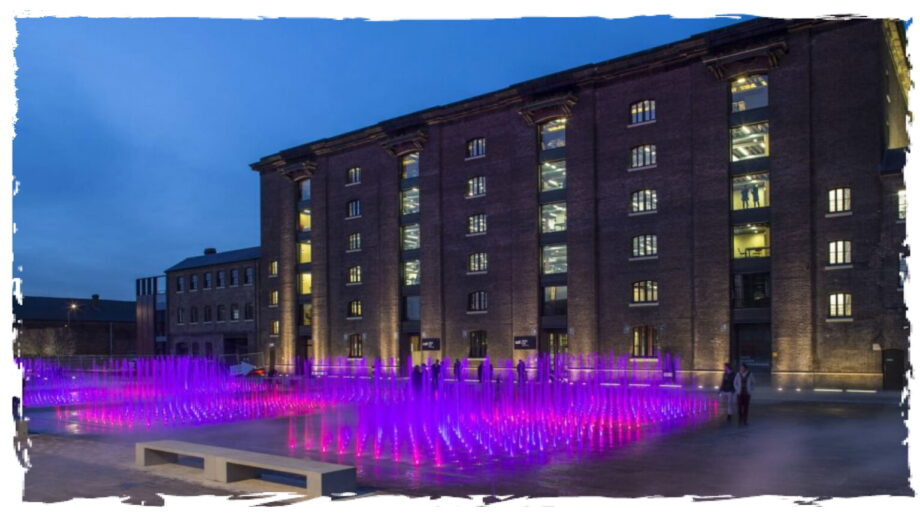
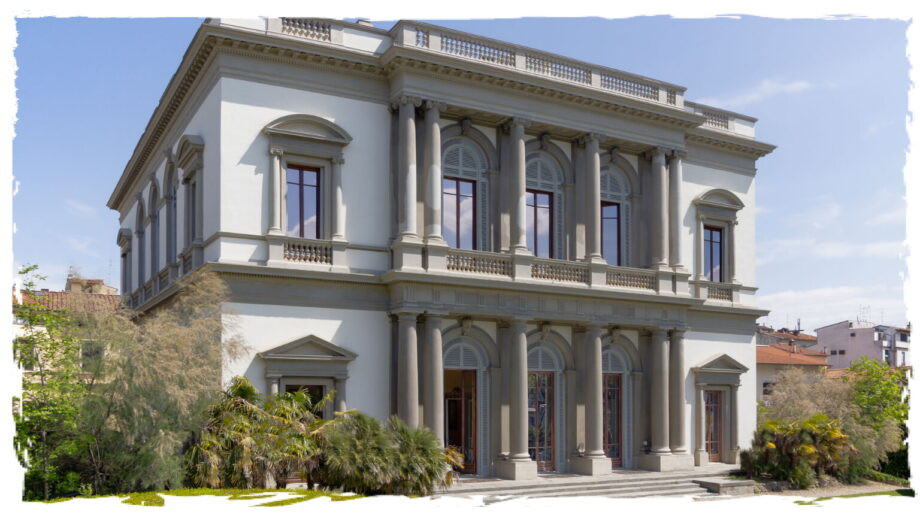
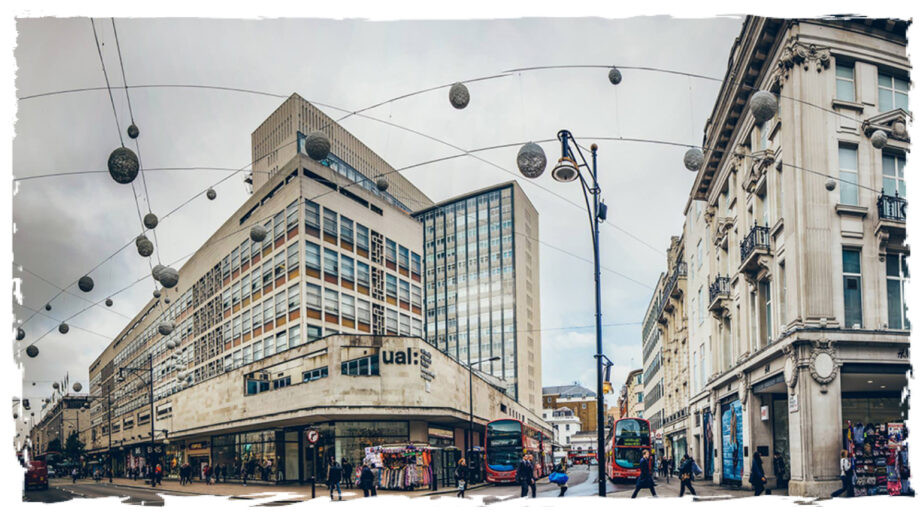
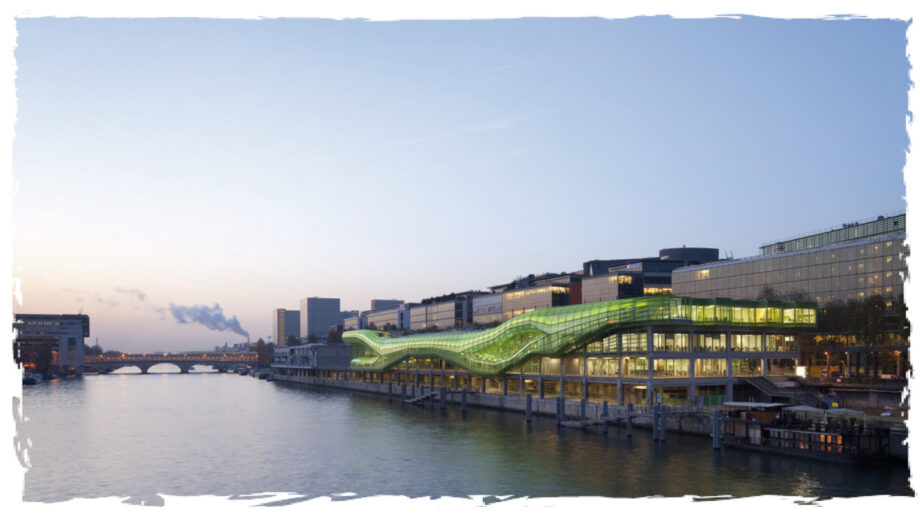

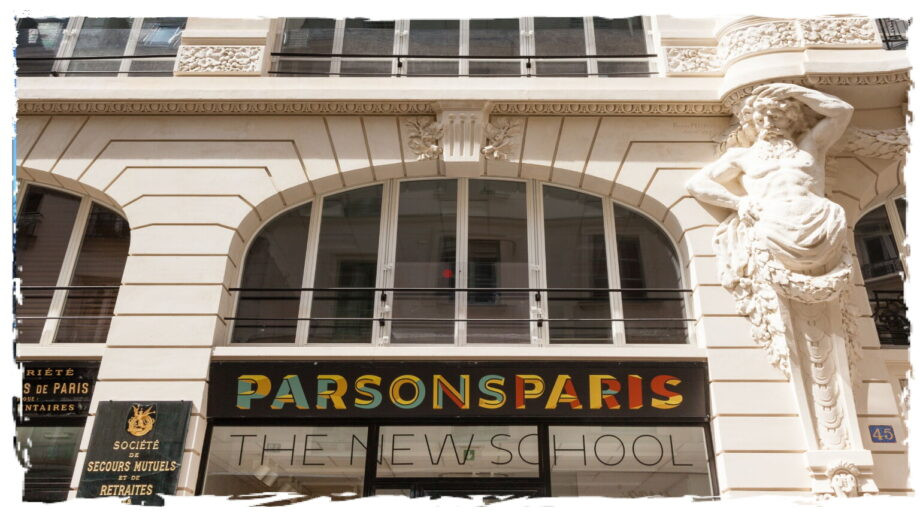
By staying informed and adapting to these trends, designers can create collections that resonate with contemporary consumers.
10. Frequently Asked Questions (FAQs)
1. What are the basic requirements to apply to fashion school?
Answer: Typically, you need a high school diploma or equivalent, a portfolio showcasing your design work, a personal statement, and letters of recommendation. Some schools may also require an entrance exam or interview.
2. How important is a portfolio for fashion school applications?
Answer: A portfolio is extremely important as it visually demonstrates your skills, creativity, and potential. It should include a range of your best work, such as sketches, illustrations, garment designs, and photographs of finished pieces.
3. Can I get a scholarship to study at a fashion school in Europe?
Answer: Yes, many fashion schools offer scholarships and financial aid to talented students. Research the specific scholarships offered by each school and the eligibility requirements.
4. Do I need to speak a foreign language to study at a fashion school in Europe?
Answer: While some programs are taught in English, learning the local language can enhance your experience and networking opportunities. Check the language requirements for each program.
5. What career opportunities are available after graduating from a fashion school?
Answer: Graduates can pursue various careers, including fashion designer, pattern maker, stylist, fashion editor, buyer, and entrepreneur.
6. Is it necessary to have prior experience in fashion design to apply to a fashion school?
Answer: While prior experience can be beneficial, it is not always required. Fashion schools are looking for talented and passionate individuals with a strong desire to learn and grow.
7. How long does it take to complete a fashion design program?
Answer: The length of a fashion design program varies depending on the degree level. A bachelor’s degree typically takes three to four years, while a master’s degree takes one to two years.
8. What is the difference between a BA and a BFA in fashion design?
Answer: A BA (Bachelor of Arts) in fashion design typically focuses on the theoretical and historical aspects of fashion, while a BFA (Bachelor of Fine Arts) emphasizes the practical and artistic skills required for fashion design.
9. How can I improve my chances of getting accepted into a top fashion school?
Answer: To improve your chances, focus on building a strong portfolio, writing a compelling personal statement, and gaining relevant experience through internships or volunteer work.
10. What is the cost of studying at a fashion school in Europe?
Answer: The cost of studying at a fashion school in Europe varies depending on the school, program, and location. Tuition fees can range from $7,500 to $38,200 per year.
Choosing the right fashion schools in Europe is a pivotal step towards a successful career in menswear design. By carefully considering your goals, researching the options, and preparing diligently, you can unlock your creative potential and make your mark on the world of fashion.
Ready to take the next step in your fashion journey? Visit mens-fashion.net today to explore the latest trends, discover inspiring designer profiles, and get expert advice on how to launch your career in menswear design. Let us help you turn your passion into a profession.
Address: 227 W 27th St, New York, NY 10001, United States
Phone: +1 (212) 217-5800
Website: mens-fashion.net
